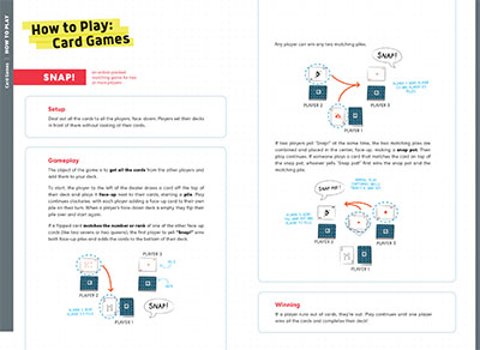Card Shuffling Machine
In this crate, you'll explore the science, engineering, and history behind card shufflers while building one of your own!

Explore:
- Randomness
- History of Card Design
- Probability
Behind the design
Peek into the KiwiCo product design studio and the design process behind the Eureka Crate Card Shuffling Machine.
- From barrel bolts to sticky-foamed slots, we use a bunch of different methods to join wood pieces on Eureka Crate products. This was our first to feature a nut dropped into a t-slot for bolting two pieces together. This type of fastening makes really snug connections — similar t-slot nuts and cross-dowel joints are used all the time in make-it-yourself furniture!
T-slot Nuts
- Machine parts may move smoothly when you’re designing them on the computer, but in the real world, a little thing called friction can make even the best designs grind to a halt. All the moving parts in our early prototypes created a lot of friction, and even though we tried to design around it, nothing worked completely until we added silicone grease. The extra lubrication helped defeat friction and get the design on smooth sailing.
Smooth Move
- You’re probably most familiar with card towers that look like pyramids, but there’s so much more you can make with cards. We tried out lots of creative designs to put in your Maker’s Guide for inspiration, like this towering card hat made with clips from our maker space. Let us know what kind of incredible card art you make!
It’s Called Fashion

